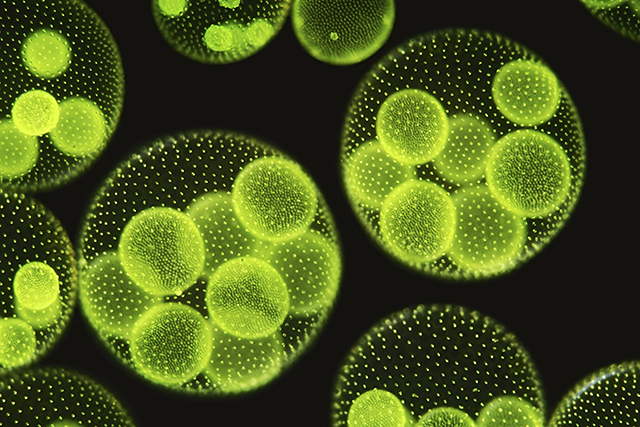Along with population growth, regional development, and development year by year, the need for electricity and fuel nationally is getting bigger. Energy sources derived from fossil fuels will be depleted in the near future if it is not balanced with wise and economic use of energy. If there is no change in energy consumption patterns, there is fear that Indonesia will face a prolonged energy crisis leading to social and economic impacts in society.
Indonesia has a large number of potential renewable energy sources. Some of them can be applied by the state, such as bioethanol as a substitute for gasoline, biodiesel to replace diesel, geothermal power, micro hydro, solar power, wind power, even garbage/waste can be used to generate electricity. Various types of alternative energy are bioethanol, biodiesel, and biogas. One alternative energy that is easy to use and uses simple technology at low prices is biogas. Biogas has great potential for alternative energy development.
Biogas energy can be obtained from anaerobic treatment. Besides having great potential, the use of biogas energy has many advantages, reducing the impact of greenhouse emission, reducing unpleasant odors, preventing the spread of diseases originating from waste, generating heat and power, and byproducts in the form of solid and liquid fertilizers. The energy contained in biogas depends on the concentration of methane (CH 4). The higher the methane content, the greater the energy content (heat value) of biogas, and vice versa the smaller the methane content the smaller the heat value.
Anaerobic treatment is the processing of a substrate without oxygen intake. The substrate used can be in the form of wastewater, solid waste or other forms. The carbon dioxide content in biogas is natural as a by-product of the anaerobic microbial decomposition process of organic material (without oxygen intake). Anaerobic treatment process consists of several stages. Excessive amounts of carbon dioxide can indicate imperfections in the process of degradation of organic matter.
The high carbon dioxide content in biogas also results in incomplete combustion when biogas is used for cooking. Reduction of carbon dioxide content can be done using the adsorption process using the media. However, the use of this media will increase costs for biogas production. On the other hand, the use of microorganisms to reduce carbon dioxide content in biogas can be done.
Microalgae uses carbon dioxide to process photosynthesis. Carbon deposits in CO2 will be converted into energy for growth by the metabolic system in the body of microorganisms. The use of microalgae is not only for the adsorption of carbon dioxide, but the growth of microalgae from the CO2 adsorption process can be harvested and used as cosmetics, medicines, food, energy. Furthermore, the use of microalgae to reduce carbon dioxide content requires inexpensive costs so it is possible for application in the field.
Utilization of microalgae to reduce carbon dioxide content as seen from the comparison of CO2 content in biogas bags with chlorella in it and without microalgae. During the degradation of organic material from wastewater for 5 days, the difference in CO2 content for the two reactors was 7 percent. Although this CO2 reduction may still look small but it showed that the presence of microalgae can improve in the quality of biogas by reducing the carbon dioxide content in biogas.
The ability to reduce CO2 also depends on the number of microalgae as well as environmental conditions that support the growth of microalgae. Microalgae require carbon content derived from CO2, such as nitrogen and phosphate content that can be obtained from the substrate to be processed. (*)
Author: Nur Indradewi Oktavitri
More detailed research about this research available at https://jurnal.ugm.ac.id/ijc/article/view/25129 and https://doi.org/ 10.22146 / ijc.25129





